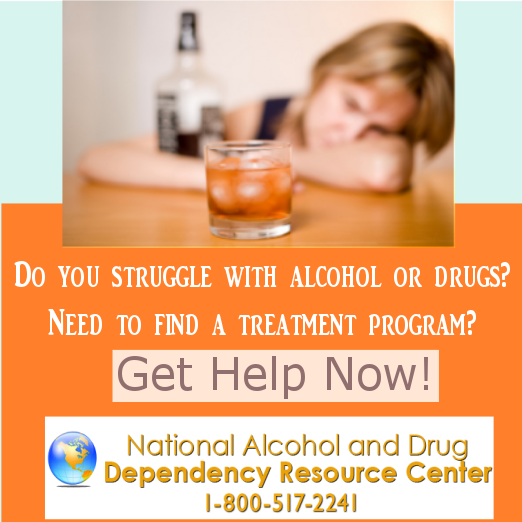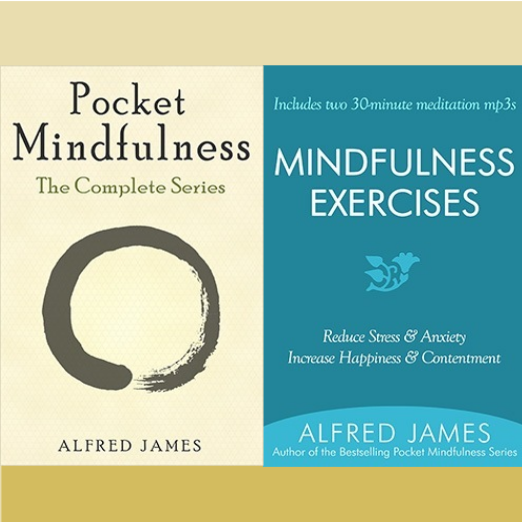Wednesday, March 30, 2011
Who is Abusing Inhalants?
Who is Abusing Inhalants? By Cathy Brownfield When you think about inhalant abuse, who comes to mind? Is it the youth that snatches a butane lighter from the display at the convenience store or chooses the favorite chemical from the array of cleaning products found under the kitchen sink? Or the grown-up who sets the pace as the role model for others? Until now, preteens and teens were primary abusers of inhalants, usually males 13- to 15-years old, and on occasions such as rave parties and during sexual encounters may be used by those into their 20s, advises the American Council for Drug Education. Alcoholics may use inhalants to avoid withdrawal symptoms when they don't have access to alcohol. But a new report from SAMHSA (Substance Abuse and Mental Health Services Administration) released last week says, "Inhalant abuse is now a multi-generational problemA new government study shows that 54 percent of treatment admissions related to inhalants abuse in 2008 involved adults. Of those adult treatment admissions: 52 percent, ages 18-29 32 percent, ages 30-44 16 percent, age 45 or older. An estimated 1.1 million adults over age 18 used inhalants in the past year, more than crack (988,000), LSD (637,000), heroin (571,000) and PCP (75,000). "Just because a product is legal doesn't mean it's safe," said Gil Kerlikowske, director of the White House Office of National Drug Control Policy (ONDCP). "Our homes are increasingly becoming the source of dangerous drugs of abuse for young people. Whether these products are inhalants found under our sinks and in our utility rooms, or dangerous prescription drugs stored in our medicine cabinets, parents need to act today to protect our young people by securing these products and discussing the harms they can cause." A 42-year-old mother of a 16-year-old daughter actually passed out while driving and using. The legal system ordered treatment or she'd still be using. "As much as I don't like dealing with probation and all the money I have to pay out," said Erin Davis, "getting caught probably saved my life. I know I wouldn't have stopped. I couldn't." Said Dr. David Shurtleff, acting deputy director of the National Institute on Drug Abuse (NIDA) which is part of the National Institutes of health, "Most inhalants produce a rapid high that resembles alcohol intoxication. Given the wide availability of these substances and the severe health consequences they can produce, inhalant abuse is a serious problem. Just a single session of repeated inhalations can cause permanent organ damage or death." Inhalants are breathable, chemical vapors that users intentionally inhale because of the chemical's mind-altering effects. The substances inhaled are common household products that contain volatile solvents, aerosols or gases. Street names include whippits, poppers and snappers. NIDA offers the following signs indicative of inhalant abuse: - Chemical odors on breath or clothing. -Paint or other stains on face, hands and clothes. -Hidden empty spray paint or solvent containers and chemical-soaked rags or clothing -Drunk or disoriented appearance -Slurred speech -Nausea or loss of appetite -Inattentiveness, lack of coordination, irritability and depression. To read more about the study, visit online at www.samhsa.gov/newsroom/
Subscribe to:
Posts (Atom)



